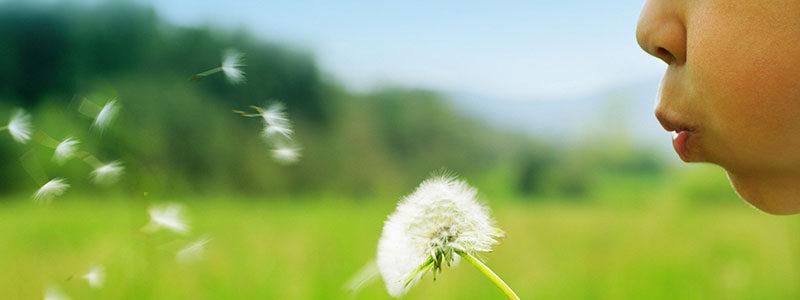Finnamyl invests in the concentration and further processing of potato juice
Potato juice is a valuable by-product of starch processing, one that can be used as a fertilizer in all agricultural operations. It is most beneficial in cultivation of slowly growing grasses and of sugar beet, which require high levels of potassium. Potato juice is also an ideal fertiliser for cereals and turnip rape, which need only a moderate quantity of phosphorus. Both potato juice and potato sludge number among organic fertilisers, the use of which is to some extent restricted by the Nitrates Directive in its newly issued form and the requirements for agro-environmental subsidies. Potato juice contains a large proportion of the macro- and micro-nutrients the plant has taken up from the soil. In addition to nitrogen, phosphorus, and potassium, these nutrients include small concentrations of calcium, magnesium, sulphur, chlorine, and sodium. The sludge contains biosolids generated by the waste-water treatment processes in the potato-starch facility.
– The Nitrates Directive now imposes stringent restrictions on the application of nitrogen-rich potato juice in autumn. Typically, potato juice has been spread to local fields in the autumn. The potato juice has provided farmers with all the potassium and phosphorus, and around half of the nitrogen, required by their crops, explains Finnamyl’s managing director, Ossi Paakki.
Halving of the maximum permitted amount of fertiliser
According to Paakki, the changes to the directive restrict the application of potato juice in two ways:
– Earlier, organic fertilisers generated by the livestock industry and factories could be spread on fields until mid-November. The new directive will bring the time limit forward to the end of October even though factories will be operating until later in the year. This is the first of the restrictions brought about by the legislative reform. The other change, which will have a larger impact, involves restricting the amount of soluble nitrogen permitted to 35 kg per hectare. This means that, while currently 40 cubic metres of potato juice may be applied per hectare, this quantity will be halved in the future.
Paakki explains that the goal with these changes is to encourage a shift in the application of organic fertilisers from autumn to spring. This is going to pose some challenges to crop-growers and the potato-starch industry with regard to agro-environmental subsidies, potentially doubling the cost of potato juice. The equation seems extremely problematic.
An investment of more than 10 million euros
On account of the new restrictions, Finnamyl, which has been involved in the development of further processing of potato juice for several years now, has decided to invest more than 10 million euros in new technology. With this technology, the protein contained in potato juice can be recovered and used, for example, as feed by the fish industry.
– We have developed a new coagulation method in collaboration with the University of Copenhagen, involving the use of heat to separate potato protein from potato juice. This coagulant is then dried to yield the end product. The remaining potato juice is concentrated via evaporation to produce organic fertiliser, which can be applied to fields in the following spring. An excellent fertiliser for potatoes, the concentrated potato juice is expected to gain popularity in starch-potato contract farming. For a company with a 13-million-euro annual turnover, the new venture represents a major investment, says Paakki,
adding that the new method is also an investment in the future. Constituting a major financial commitment, the undertaking is not without its risks. However, with the Nitrates Directive making changes in strategy a must, Finnamyl believes that the investment will prove profitable in future. The venture will also help the company meet the new, ever-stricter environmental requirements.
– It is a sizeable investment, but a challenge always opens up also new opportunities. Our goal is to ensure that any future restrictions by environmental regulations do not create unnecessary uncertainty or problems. The method not only helps to solve any problems related to environmental permits but also meets the requirements of the revised Nitrates Directive. The investment strengthens the company’s operations in the long term, while generating new business activities. We hope it will pay for itself in the not-too-distant future, Paakki comments.

